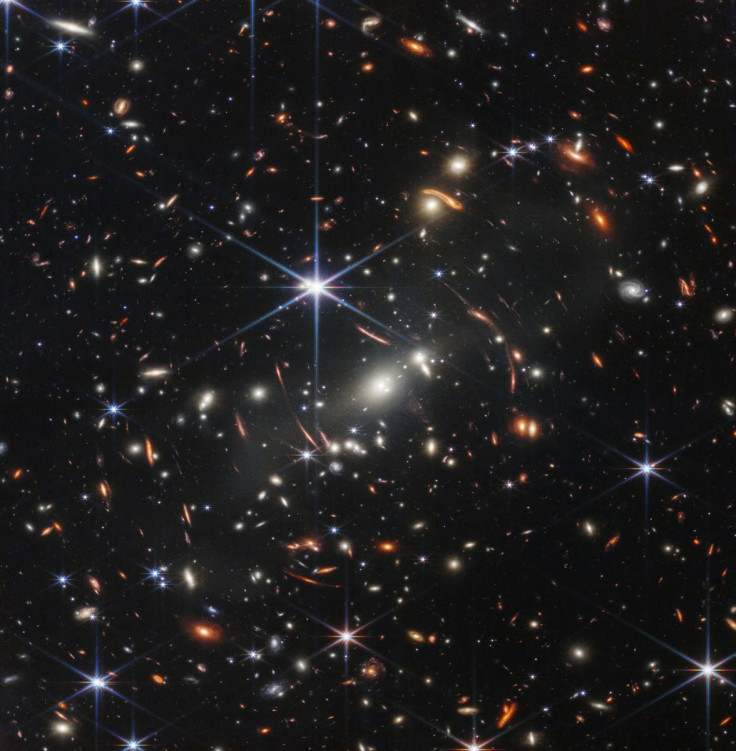Webb Captures Stunning View Of Rare Star Phase Before Going Supernova [Photo]
KEY POINTS
- The Wolf-Rayet stage comes just before a star goes supernova, and it's rarely observed
- The James Webb Space Telescope captured an incredible view of it
- Such views could help shed light on the early days of the universe
The James Webb-Space Telescope (Webb) has captured yet another stunning view of space. This time, it spotted a rather rare view of a star phase looking like the equally fleeting cherry blossoms.
The view captured by Webb was that of a Wolf-Rayet star, according to NASA and the European Space Agency (ESA). This is the brief, advanced stage of a massive star's life when it's losing mass at a "very high" rate and is about to go supernova.
Wolf-Rayet stars are said to be some of the brightest stars, as their luminosities can reach up to a million times greater than that of the Sun. As bright as they are, however, they actually aren't easy to spot because of how "briefly detectable" they are. Furthermore, many massive stars simply "race through" their life cycles with only a few actually going through the Wolf-Rayet phase, the agency noted.
But, of course, Webb was able to capture it. In fact, this rare view was one of the first things it observed back in 2022.
In the image shared on Twitter, one can clearly see the very bright star at the center surrounded by a halo of cosmic gas and dust, giving it a rather ethereal view. It is likened to the view of cherry blossoms, not only because it looks quite like beautiful flowers but also because of how fleeting this stage is, just like the short-lived blooms.
Cosmic spring is in the air! The latest image from @NASAWebb features a blooming Wolf-Rayet star, 15,000 light-years away. This rare phase is as fleeting as the cherry blossom it resembles. Luckily, Webb can study its "petals" of dust in detail: https://t.co/z9dlzgKmAh #SXSW pic.twitter.com/sAOrZkX0Wl
— NASA (@NASA) March 14, 2023
The star, known as WR 124, is about 15,000 light-years away in the constellation Sagittarius and is about 30 times the mass of the Sun. The image captured by Webb is said to be showing it in "unprecedented detail," thanks to its powerful instruments.
In particular, the image shows an important view of the gas and dust ejected by the star, as such Wolf-Rayet stars are said to be "efficient dust producers." In space, gas and dust aren't just by-products one simply sweeps away or ignores. They are actually "integral" to many processes in the universe, from sheltering stars to the creation of planets when they gather together.
So as strange as they may seem, such views of cosmic dust are actually quite important to astronomers trying to understand the inner workings of the universe. It's made even more unique as it comes with the rare view of a Wolf-Rayet star on the cusp of a supernova explosion — views that may shed light on the early days of the universe and its influences even to this day.
"I think this is one of the most beautiful concepts in all of astronomy," Amber Straughn of NASA's Goddard Space Flight Center said at the South by Southwest Conference, where the image was released, according to CNN. "This is Carl Sagan's stardust concept, the fact that the iron in your blood and the calcium in your bones was literally forged inside of a star that exploded billions of years ago."
"Before Webb, dust-loving astronomers simply did not have enough detailed information to explore questions of dust production in environments like WR 124, and whether the dust grains were large and bountiful enough to survive the supernova and become a significant contribution to the overall dust budget," the NASA and ESA news release noted. "Now those questions can be investigated with real data."

© Copyright IBTimes 2025. All rights reserved.






















